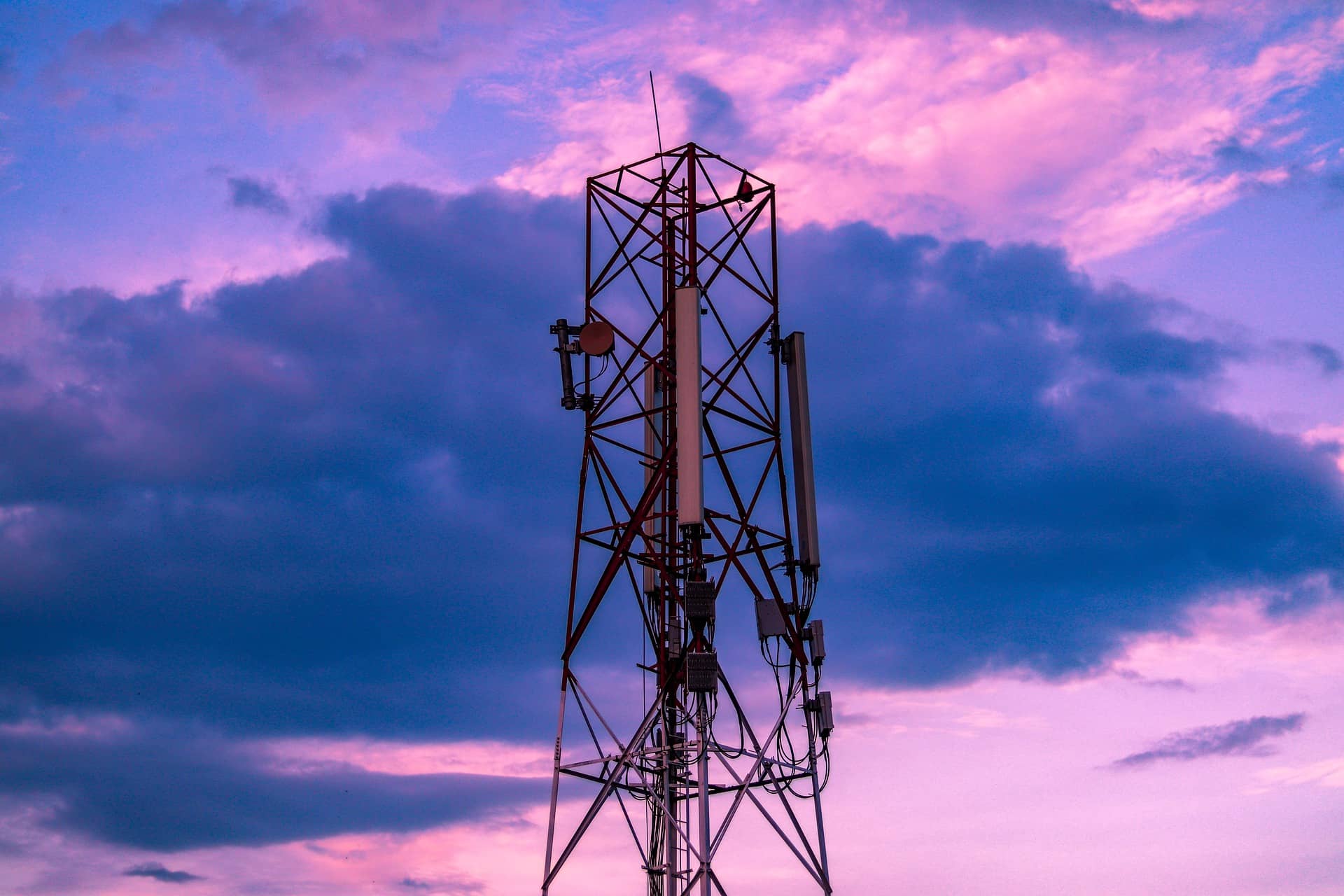
This week, the FCC has approved Elon Musk’s Starlink satellites to begin providing internet for moving vehicles throughout the US.
Starlink currently comprises around 2,700 LEO satellites, providing high-speed internet services to around 400,000 subscribers in 32 countries, with global coverage expected to be achieved later this year.
All of these subscribers access internet services via Starlink terminals, which are delivered to consumers and deployed at fixed locations nearby…
This week, the FCC has approved Elon Musk’s Starlink satellites to begin providing internet for moving vehicles throughout the US.
Starlink currently comprises around 2,700 LEO satellites, providing high-speed internet services to around 400,000 subscribers in 32 countries, with global coverage expected to be achieved later this year.
All of these subscribers access internet services via Starlink terminals, which are delivered to consumers and deployed at fixed locations nearby. These terminals then act as an intermediary, facilitating a connection between the satellites and the user’s connected devices.
Currently, these terminals must be fixed in place to provide services, though Starlink also offers customers the opportunity to move their terminal to an additional location and receive services there for an additional fee.
Accessing services whilst on the move, however, has thus far been prohibited by law; for example, earlier this year, Starlink began selling connectivity services to RVs (recreational vehicles), but could only legally deliver connectivity to them when they were stationary.
Now the FCC’s ruling will allow Starlink to begin offering internet directly to moving customers, from within aeroplanes, trains, ships, and automobiles.
“Authorizing a new class of terminals for SpaceX’s satellite system will expand the range of broadband capabilities to meet the growing user demands that now require connectivity while on the move, whether driving an RV across the country, moving a freighter from Europe to a U.S. port, or while on a domestic or international flight,” said the FCC’s statement.
SpaceX already has contracts in place with various airlines, including Hawaiian Airlines, JSX and Delta Airlines, to trial its latest connected technologies.
However, just because the FCC say that SpaceX can legally provide services to moving consumers does not mean that customers can tied their terminal to the roof of their car and expect to receive signal.
For one thing, as SpaceX and Tesla owner Elon Musk has pointed out, the existing “terminal is much too big” for use in most consumer vehicles, explaining that “this is for aircraft, ships, large trucks & RVs”.
Starlink’s website too seems to suggest that mobility remains something of a technical challenge.
“While our teams are actively working to make it possible to use Starlink on moving vehicles, Starlink is not yet configured to be safely used in this way,” reads Starlink’s FAQ page on its website, noting that using the terminal whilst moving will also void its warranty.
Starlink has yet to give a timeline for the rollout of these mobility services, but trials are currently ongoing.
This ruling comes amidst an ongoing regulatory battle between SpaceX and Dish Network, with the latter having sought to block Starlink from using the 12 GHz spectrum band for its services. With the new permissions from the FCC, Starlink will now have access to this contested spectrum (albeit sharing it with another satellite player, Kepler Communications), dealing a significant blow to Dish, which wants to use the spectrum to provide pay-TV services.
How will the wider availability of Starlink impact the telecoms dynamics of the US market? Find out from the experts at Connected America 2023
Also in the news:
Game set and match – connected strawberries
Snoop no more: Court rules against UK security services’ free access to telecoms data
BT: We need more time to excise Huawei from our network

